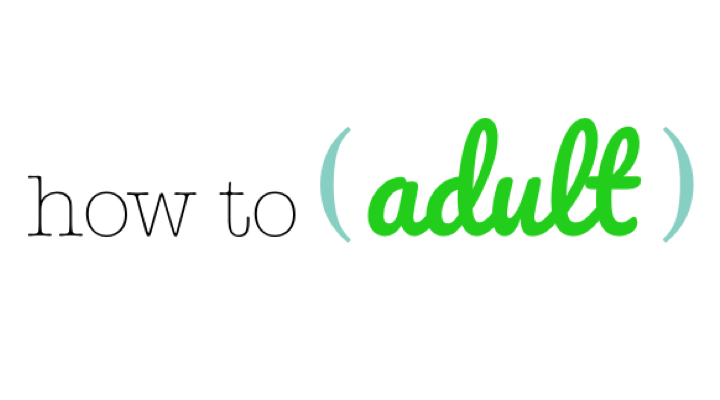Feeding a Child Sausage
There's no denying that sausage is delicious and if you're like many moms, you want to share yummy foods with your little one. Some foods, however, aren't appropriate for toddlers and preschoolers unless you take measures to protect your child when he eats it. Sausages do pose a choking risk so you don't want to just slap one on your child's plate and hope for the best. That doesn't mean that you can't serve sausage, just that you have to prepare it differently.
When to Introduce
You know that new eaters probably shouldn't be eating sausage, but you might wonder when is a good time to let your little one try it. Though readiness differs among kids, most are ready to eat finger foods by about nine months of age, so your 2-year-old toddler is surely ready 2. However, keep in mind that nothing says you have to give your kid sausage just because he can probably eat it. If you're not comfortable serving it, wait awhile.
Preparation
Raw sausage, like any type of meat, poses a health risk if not cooked thoroughly. Place the sausages in a pan and cook them whole or crumble them and cook until no longer pink. You can also grill or bake sausage, but cut it to make sure it isn't raw before serving. Once cooked, serve sausage plain alongside toast and eggs or mix it into pasta, gravy for biscuits or soup. Or, use it to make shepherd's pie or creamy noodle casseroles. No matter what you serve it with, the flavor of sausage is pleasing to many kids.
Safety
Like hot dogs, sausages are a food that you must be careful feeding to kids, especially toddlers and preschoolers because, as bite-sized pieces could cause choking. Don't let your child eat a whole sausage. Instead, remove the skins and chop the sausage into small pieces. You can also slice the sausages and then cut each slice into quarters. Stay near your child when he eats sausage so that you are close if he needs help. Don't serve sausage with other foods your child has never tried because if he has an allergic reaction, you won't know which item caused it. Wait a few days after giving your child sausage before letting him have something else new.
Nutrition
Sausage doesn't rank too high on the scale of nutrient-dense foods. That doesn't mean he can't ever have it, but understanding its impact on your child's health helps you serve it in appropriate doses. Sausage is generally high in fat, calories and salt. Too much of these increases the risk of unhealthy weight gain and high blood pressure. So don't serve sausage at every meal, but let your little one enjoy it occasionally.
Related Articles
- Can Kids Eat Things Cooked in Beer?
- How to Freeze Cauliflower Puree
- Kid-Friendly Pureed Bean Chili
- Food Choices for a Child With Croup
- Is Greek Yogurt Safe for Babies?
- Can Kids Eat Cashews?
- How to Get Kids to Drink Pedialyte
- When Can Babies Eat Chicken?
- How to Get Children to Take Spirulina
- What Teething Rings Can Be Frozen?
- What Are the Best Ways to Get Lumps Out of Formula?
- How to Make Baby Food Without a Steamer
- How to Remove Baby Food Carrot Stains
- Foods for Toddlers With Congestion
- How to Get Rid of Mold on a Child's Sippy Cup
- Women's and Children's Health Network: Food for Babies
- KidsHealth: Finger Foods for Babies
- Italian sausage. U.S. Department of Agriculture: FoodData Central. Published April 1, 2019.
- Empty Calories. University of Michigan MHealthy Nutrition and Weight Management Program. Revised March 2012.
- Sausage. U.S. Department of Agriculture: FoodData Central. Published April 1, 2019.
- Frankfurther or hot dog, beef. U.S. Department of Agriculture: FoodData Central. Published April 1, 2019.
- Roll, white, hot dog bun. U.S. Department of Agriculture: FoodData Central. Published April 1, 2019.
- Suggested Servings from Each Food Group. American Heart Association. Reviewed January 2017.
- Fact or Fiction from Food Safety for Moms to Be. U.S. Food and Drug Administration. Updated September 27, 2018.
- Hot Dogs and Food Safety. U.S. Department of Agriculture Food Safety and Inspection Service.
- Jupiterimages/Photos.com/Getty Images

